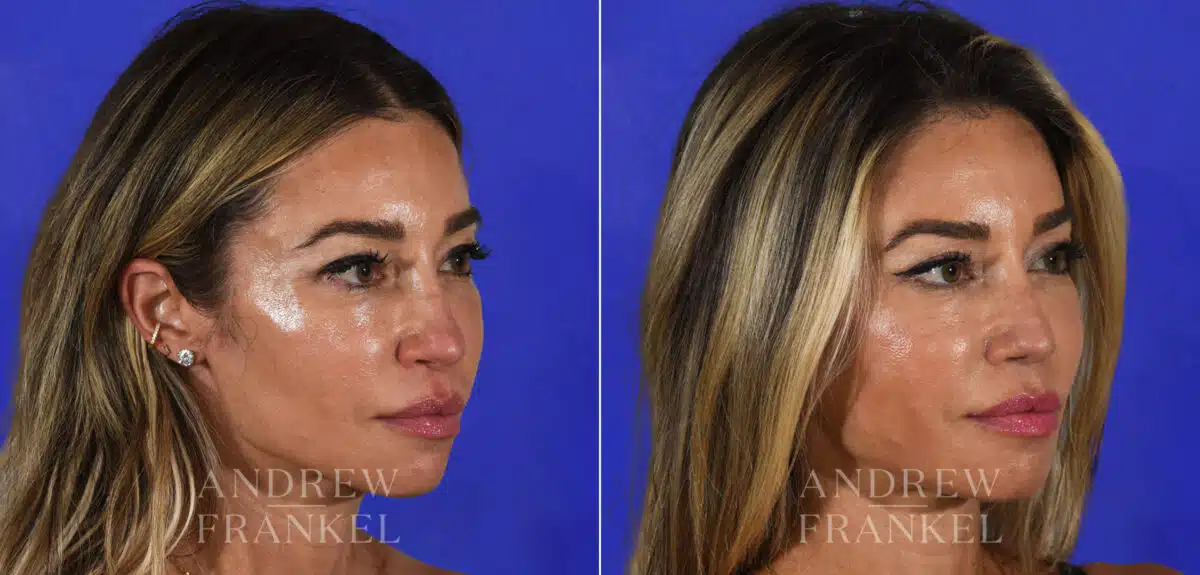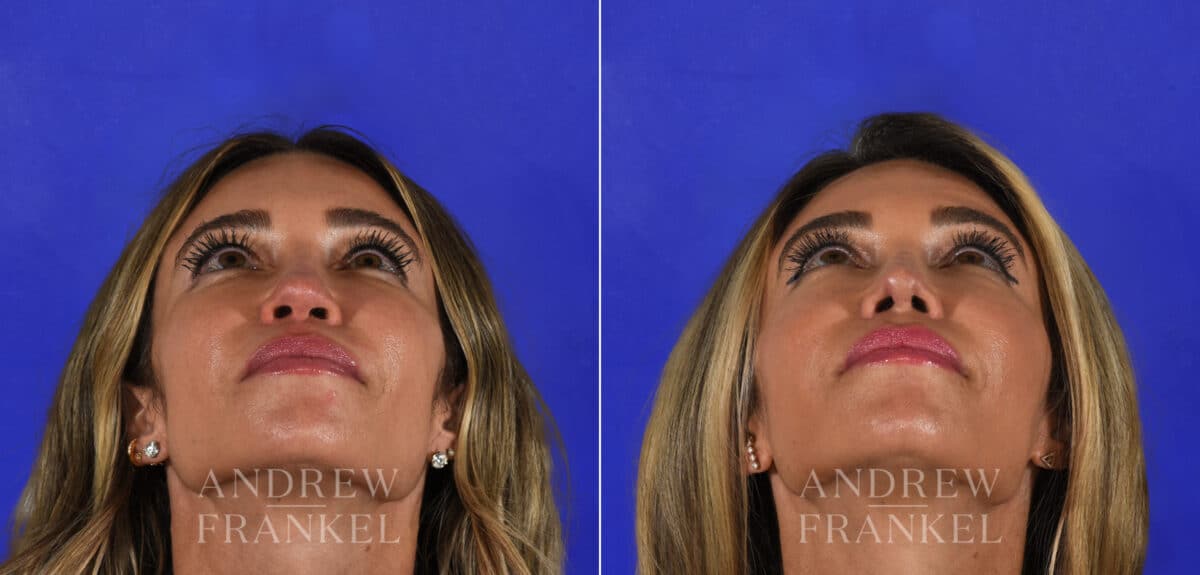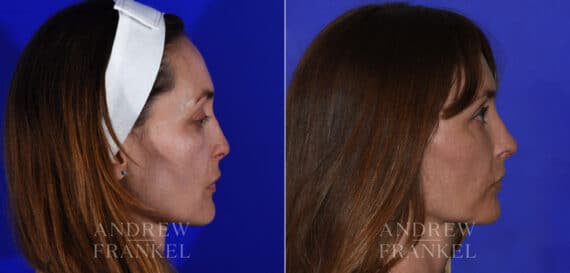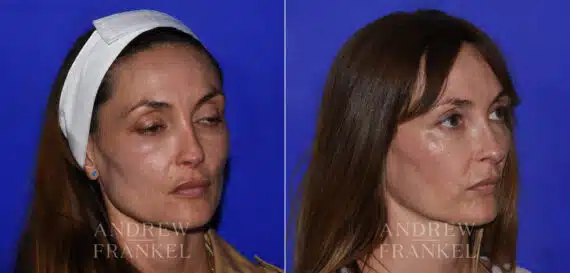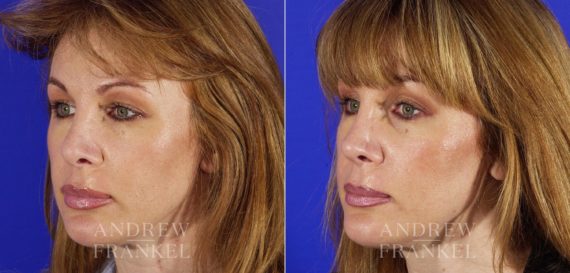
How Many Rhinoplasties Can a Person Have?
Considering a revision rhinoplasty? Wondering how many rhinoplasties can you have before it becomes too risky? While there is no one-size-fits-all answer, there are several key factors to keep in mind. Multiple rhinoplasty surgeries can address concerns such as breathing difficulties, cosmetic preferences, or complications arising from previous procedures. However, each subsequent surgery demands greater precision and expertise.
This article explores why some individuals choose more than one rhinoplasty, what to consider before undergoing another procedure, and how to maximize the chances of a successful outcome. Above all, it highlights the importance of selecting a highly qualified rhinoplasty surgeon like Dr. Andrew Frankel to minimize risks and achieve optimal results.
Key Facts About Multiple Rhinoplasties
- Revision rhinoplasty may be necessary to correct issues or improve appearance if initial surgery results are unsatisfactory.
- Scar tissue formation, tissue quality, and healing time become increasingly critical with each additional rhinoplasty.
- Surgeon experience is essential: selecting a specialist with extensive expertise can lead to better, more predictable results.
- Allow adequate healing time—most surgeons recommend waiting until swelling has fully subsided so that final results are visible before considering another procedure.
- A thorough consultation with an expert like Dr. Andrew Frankel can help determine if further nasal surgery is the right option.
Why Might Someone Seek Multiple Rhinoplasties?
While rhinoplasty is often associated with cosmetic improvements, patients may choose to have more than one surgery for various reasons. Some find that their initial results did not meet their expectations, or they experience unforeseen complications—such as breathing difficulties—after the procedure. Others might discover that subtle changes in healing over time affect the final appearance of their nose.
In many instances, a first revision rhinoplasty addresses specific concerns from a previous surgery, such as a crooked nasal bridge, suboptimal breathing function, or the shape and size of the nose. Additional surgeries may become necessary if new cosmetic goals arise or if healing complications occur. Regardless of the motivation, those considering multiple rhinoplasties should recognize that achieving the best possible result requires expertise, patience, and a thorough understanding of the healing process.
How Many Rhinoplasties Can One Have?
There is no definitive limit to how many rhinoplasties a person can undergo. Some patients have had several revisions throughout their lifetime, though this is not ideal. Each rhinoplasty—especially revision rhinoplasty—can become more complex due to scar tissue and potential weakening of the nasal structures. Many surgeons advise exercising caution with repeat procedures.
Still, some patients can safely undergo multiple rhinoplasties if those surgeries are planned with a clear medical or cosmetic benefit in mind and are performed by a highly qualified plastic or facial plastic surgeon. It is crucial to confirm that enough time has passed since the previous surgery for the nose to finish healing. This waiting period helps ensure scar tissue has softened and the nose has settled into its final shape, reducing the risk of complications.
Important Considerations in Repeat Rhinoplasty
Revision rhinoplasty is generally more complicated than a primary procedure. Several key factors help determine how often a person can safely pursue additional surgeries:
- Tissue Quality
Each surgery stresses nasal tissues, including skin, cartilage, and bone. Repeated operations can thin or scar these tissues, reducing their ability to support the new nasal structure. - Healing Process
Scar tissue forms with every incision. After multiple surgeries, the presence of scar tissue can influence both the nose’s appearance and its structural support. Patients are typically advised to wait at least one year after surgery to allow for complete healing before considering another procedure. - Previous Surgical History
Sharing a detailed record of prior rhinoplasties helps a prospective surgeon understand the nose’s existing anatomy. This information is crucial for planning a safe, effective approach for revision.
Recommended Time Between Rhinoplasties
Most experts recommend waiting at least 12 to 18 months between rhinoplasty surgeries. This interval allows the majority of swelling to subside so that both the patient and the surgeon can accurately assess the nose’s final shape and function. Rushing into revision too soon can compromise healing and increase the likelihood of unsatisfactory outcomes or additional revisions.
Potential Complications of Multiple Rhinoplasties
Undergoing many revision rhinoplasties increases the complexity of treatment. Each procedure introduces new scar tissue and often reduces available cartilage. Without meticulous planning, repeated surgeries can lead to:
- Persistent deformities that are increasingly difficult to correct
- Additional breathing difficulties
- Thinning of the skin and underlying tissues
- Prolonged swelling and longer recovery times
Complications are more common when the surgery is performed by a surgeon without extensive revision rhinoplasty experience. In the worst cases, repeated surgeries may cause functional issues that are difficult to reverse. This underscores the importance of choosing a revision rhinoplasty surgeon with a proven history of success in managing complex nasal procedures.
Revision Rhinoplasty for Unsatisfactory Results
Revision rhinoplasty specifically addresses issues arising from previous nasal surgeries. It may involve using cartilage grafts from the ear or rib to rebuild weakened or misshapen nasal structures. The main goals of revision rhinoplasty include:
- Improving nasal function and breathing
- Refining or restoring the nose’s appearance
- Minimizing the risk of complications
Because the nasal structure has already been altered, revision rhinoplasty is typically more technically demanding than a primary rhinoplasty. Scar tissue, grafting requirements, and changes to anatomy demand the expertise of a board-certified plastic or facial plastic surgeon. Patients who undergo revision rhinoplasty often experience enhanced facial harmony, improved breathing, and renewed self-confidence.

For examples of how revision rhinoplasty can create significant improvements, refer to the before-and-after photos of Dr. Frankel’s patients: Patient 21856 and Patient 4058. These images show how strategic surgical approaches can refine the nose’s shape while enhancing overall facial balance.
Why Choosing an Expert Rhinoplasty Surgeon Matters
Selecting a skilled and experienced rhinoplasty surgeon is the most important step when considering another nose job. A surgeon with extensive experience and a nuanced understanding of facial aesthetics can more accurately evaluate the nose’s internal structures, predict potential risks, and guide patients through the process with realistic expectations.
Surgeons specializing in revision rhinoplasty often possess refined techniques for addressing complex issues, such as significant scar tissue or structural compromise. Their training and track record reduce the likelihood of further complications and improve the probability of successful, long-lasting results. Whether it’s your first revision or a third revision, the choice of surgeon can dramatically influence the overall outcome.
Ensure the best results for your rhinoplasty
Consult with Dr. Andrew Frankel, a Beverly Hills expert. Make an appointment now to discuss your options.
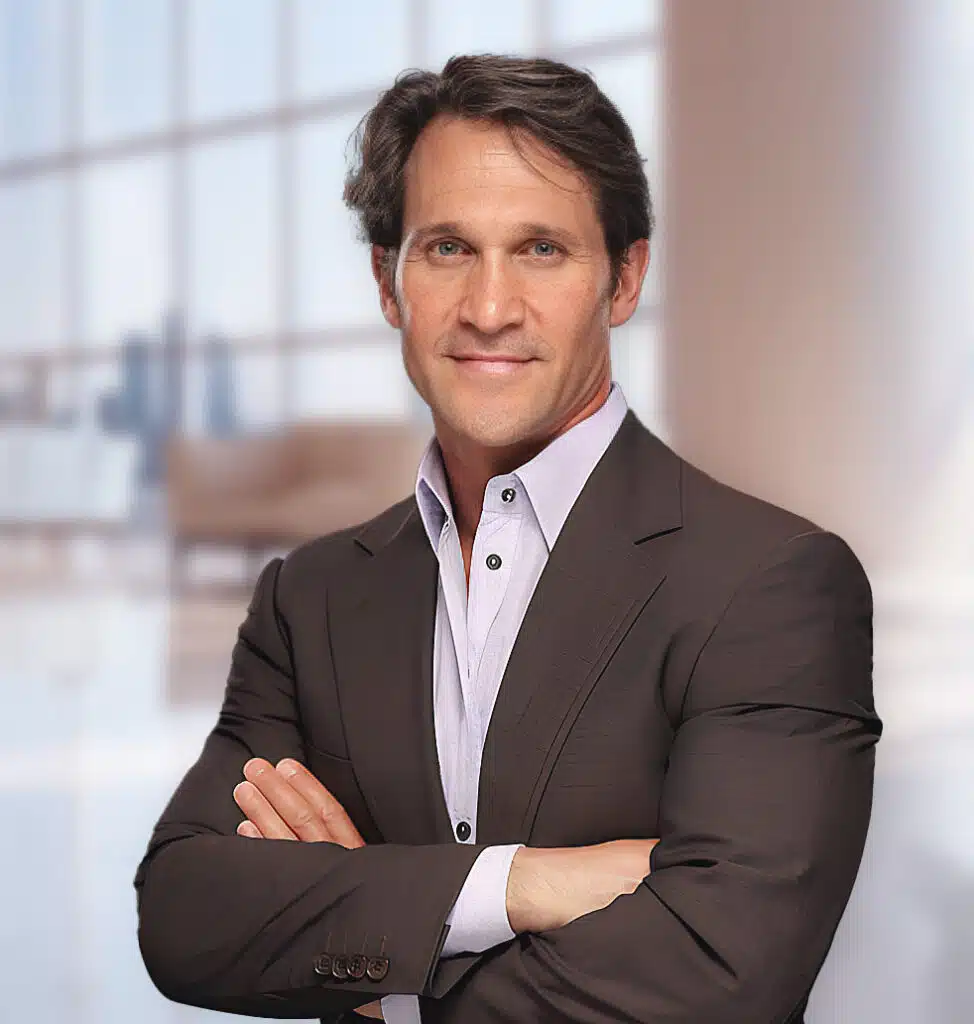
Why Choosing an Expert Rhinoplasty Surgeon Matters
Selecting a skilled and experienced rhinoplasty surgeon is the most important step when considering another nose job. A surgeon with extensive experience and a nuanced understanding of facial aesthetics can more accurately evaluate the nose’s internal structures, predict potential risks, and guide patients through the process with realistic expectations.
Surgeons specializing in revision rhinoplasty often possess refined techniques for addressing complex issues, such as significant scar tissue or structural compromise. Their training and track record reduce the likelihood of further complications and improve the probability of successful, long-lasting results. Whether it’s your first revision or a third revision, the choice of surgeon can dramatically influence the overall outcome.
Why Choose Dr. Andrew Frankel for Revision Rhinoplasty Surgery?
Renowned for his expertise in revision rhinoplasty, Dr. Andrew Frankel has helped countless patients achieve their ideal nasal appearance and function. His deep understanding of nasal anatomy, combined with an artistic approach to facial harmony, allows him to offer patients customized solutions to challenging nasal concerns. Dr. Frankel’s extensive training, board certifications, and commitment to innovation make him a top choice for those seeking complex or delicate nasal procedures.
From the initial consultation to post-operative care, Dr. Frankel’s Los Angeles practice prioritizes each patient’s unique needs and goals. Patients with unsatisfactory results from previous surgeries, or who require specialized care for functional issues, can benefit significantly from Dr. Frankel’s advanced techniques and meticulous attention to detail.
Patient Cases
Two patient cases from Dr. Frankel’s practice illustrate the transformative power of revision rhinoplasty:
- Patient 21856. This patient had multiple rhinoplasties elsewhere, resulting in infection, tissue loss, and nasal tip contraction. Dr. Frankel utilized grafts harvested from the patient’s chest wall to rebuild her nasal structure, restoring balance and improving overall appearance.
- Patient 4058. After three prior rhinoplasties, this patient desired a more refined, feminine nasal tip. Using an open surgical technique and carefully placed cartilage grafts, Dr. Frankel successfully enhanced the nasal profile and created a more elegant contour.
These cases illustrate the importance of selecting a revision rhinoplasty specialist familiar with the complexities of multiple surgeries. Careful planning, experience, and advanced surgical methods were vital to achieving outstanding outcomes.
Schedule a Consultation with a Revision Rhinoplasty Specialist
If you are dealing with persistent nasal concerns or suspect that a nose job revision might be necessary, obtaining expert advice is the crucial first step. A consultation with a skilled revision rhinoplasty surgeon involves:
- A thorough exam of your nose
- A detailed review of any previous surgical records
- An in-depth discussion of your aesthetic and functional goals
Each rhinoplasty should be tailored to your anatomy, lifestyle, and desired outcome. Clear communication between you and your surgeon is essential for both peace of mind and success.
Ready to Transform Your Appearance? Contact Us Today
Ultimately, the question of “How many rhinoplasties can a person have?” varies from individual to individual. Multiple procedures may be safe for some patients but require caution, careful timing, and the guidance of a highly experienced surgeon. Proper healing intervals, realistic expectations, and working with a specialist are critical to minimizing complications and ensuring the best possible results.
If you are considering revision rhinoplasty or wish to explore your options, schedule a consultation with Dr. Andrew Frankel. His years of experience performing complex nasal surgeries allow him to address functional and cosmetic concerns with remarkable skill. Contact us today to begin your journey toward a beautifully balanced, functional nose.
